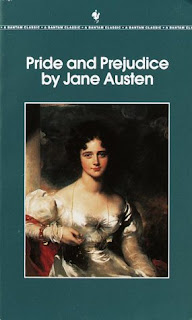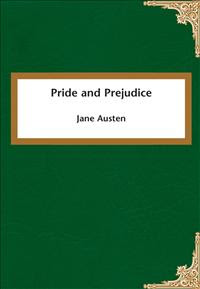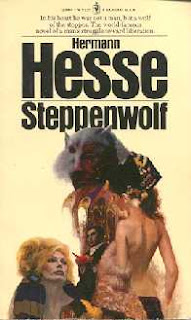Rodion Raskolnikov, an impoverished ex-student living in St. Petersburg, methodically sets out to kill a money-lender. As if that isn’t bad enough, the cold-blooded murder goes terribly wrong, and – being a man of principle – he endures a multitude of agonies associated with his crime. Erstwhile, his mother and sister are moving to the city in preparation for his sister’s just-announced engagement to an ambitious cad.
All in all, it’s not a good time to be Rodya Raskolnikov, or for that matter, to live in St. Petersburg during the late 1800’s.
Crime and Punishment, completed in 1866, is a brooder of a book. It looks unsparingly at the lives of the desperate and destitute – comprising most of its central characters – and sends them in circles around a very lonely and philosophically distraught young man who makes a terrible decision: murder. It isn’t made in haste, but meticulously planned and carried out until the act itself is within his grasp, at which point it explodes in his face. Rather than empowerment, to be “a man and not a louse” in Raskolnikov’s words, he comes face to face with reality: his less-empowered and certainly more human inadequacies.
The problem, however, is that the police aren’t after him…or are they? He tries several times early in the novel to expose his crime, but barely arouses suspicion – if anything, people around him grow more and more concerned for his health. The irony is that it’s after Raskolnikov’s crime when everyone around him starts paying him visits and taking care of him – even though half the time he’s flirting with madness and fever. It is during this purgatorial reprieve from justice – with the police as close as his friends – that he is drawn into the lives of those around him and takes pains to emancipate the weak from their burdens.
Characters sad and corrupt walk into his life, often literally, and draw him into their own. Vacillating between pity, outrage, and spiritual agony, Raskolnikov takes great pains to make amends with those around him, sensing that the payment for his earlier crime is hanging inevitably in front of him, whatever turn he takes. After all, if the noose is in the mind, there are no lands you can escape to.
Crime and Punishment has many strengths, chief among them some of the best dialogue in literature. Surprisingly, there are great swaths of humour too, most notably Raskolnikov’s friend, Razumikhin – who becomes smitten with Rodya’s sister, the ravishing Avdotya. Dostoevsky, who spent four years as a political prisoner prior to writing C&P, writes honestly about the souls of those who are defeated by the circumstances of life. The city to which the book is seemingly dedicated – albeit in a poison pen fashion – St. Petersburg, comes across as a Gothic cesspool of poverty and corruption.
If there are drawbacks to Crime and Punishment it is the bleak hues in which the story is rendered. Although it is ultimately a book about the greatest aspect of humanity – fiery perseverance – there a number of parts that move at a snail’s pace. In particular, I found the fourth chapter (of six) to be burdensome. I say this in case anyone would take me for a masochist.
Still, I recommend Crime and Punishment to those wanting to pick up the classics, particularly written from Eastern Europe. In Rodion Raskolnikov, Dostoevsky has created a template of the tortured idealist that stands as tall now as it did in 1866.
Crime and Punishment, by Fyodor Dostoevsky (ISBN: 019 281549 0) is available at a friendly independent bookstore near you. Or online at any number of vendors












